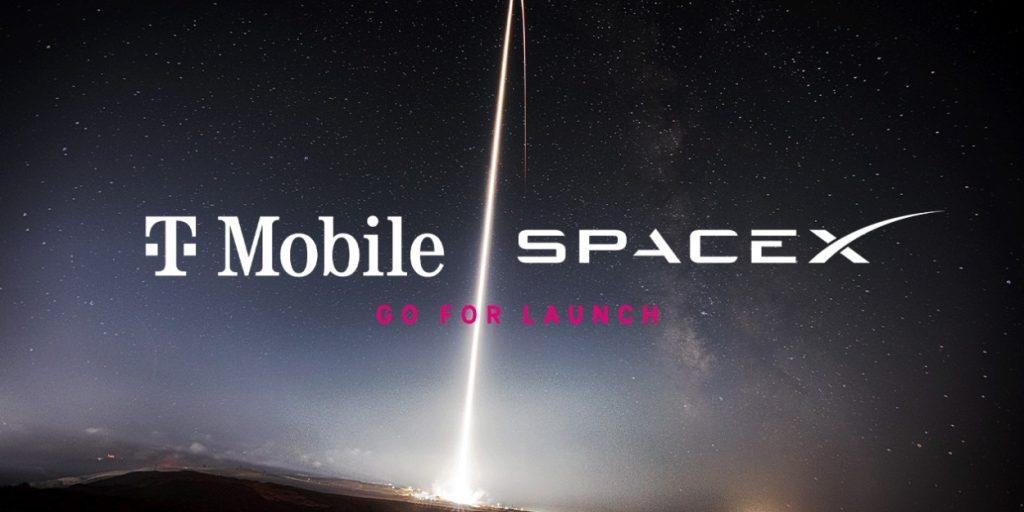T-Mobile x SpaceX
In a groundbreaking partnership, T-Mobile has joined forces with SpaceX to launch a series of Starlink satellites equipped with Direct to Cell capabilities. The Falcon 9 rocket successfully deployed the satellites into low-Earth orbit, marking a significant milestone in the quest to provide seamless connectivity across the United States.

The primary objective of this initiative is to extend network coverage to even the most remote areas of the country, ensuring that T-Mobile customers can stay connected regardless of their location. Leveraging SpaceX’s advanced constellation of satellites featuring Direct to Cell technology, T-Mobile aims to offer comprehensive voice and data services in previously unreachable regions. While the initial phase will focus on text messaging, plans are underway to introduce voice and data coverage in the near future.

Additionally, T-Mobile is working towards establishing universal coverage by collaborating with wireless providers worldwide. Presently, five prominent providers, including KDDI (Japan), Optus (Australia), One NZ (New Zealand), and Rogers (Canada), have partnered with T-Mobile to implement Direct to Cell technology.
Commenting on this transformative collaboration, Mike Katz, President of Marketing, Strategy, and Products at T-Mobile, expressed his enthusiasm, stating, “Our mission is to be the leader in connecting customers to their world, and today marks another significant step towards keeping our customers connected, even in the most remote locations. This momentous launch signifies a pivotal milestone in our groundbreaking alliance with SpaceX and our global partners as we strive to eliminate connectivity dead zones.”
ISRO’s Collaboration with SpaceX for GSAT-20 Launch
In a parallel development, NewSpace India Ltd (NSIL), the commercial arm of ISRO, has announced an exciting partnership with SpaceX for the launch of GSAT-20. This Ka-band satellite is set to deliver high-speed broadband internet connectivity as well as digital video and audio transmission across India, including the Andaman and Nicobar, and Lakshadweep islands. The launch is scheduled for the second quarter of 2024 and will be facilitated by SpaceX’s Falcon 9.

NSIL emphasized that GSAT-20 will offer extensive Ka-Ka band HTS capacity with 32 beams providing nationwide coverage, including remote and unconnected regions. Weighing 4700 kg and offering HTS capacity of nearly 48Gpbs, GSAT-20 has been meticulously designed to meet the demanding service requirements of underserved areas.
The collaboration between NSIL and SpaceX underscores a shared commitment to harnessing cutting-edge technology to address connectivity challenges and bridge the digital divide.
